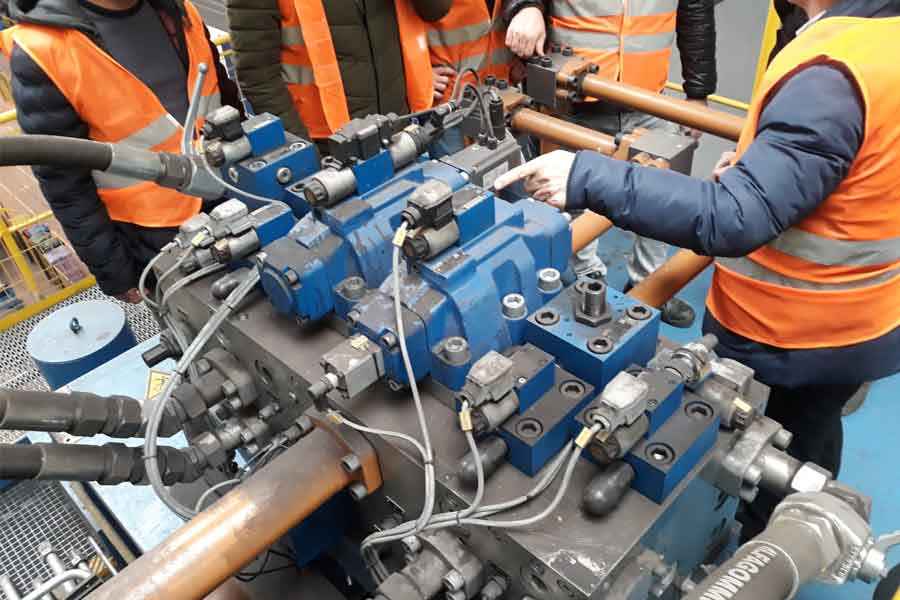
HYDRAULIC MAINTENANCE and FAULT DIAGNOSIS
HYDRAULIC MAINTENANCE and FAULT DIAGNOSIS TRAINING
PURPOSE OF THE COURSE
Examining the common faults in hydraulic systems and the causes and consequences of these faults. Providing information about the measures to be taken to prevent malfunctions. Raising the necessary awareness about common mistakes made during the selection, installation, and use of circuit elements. How is the pollution policy determined? What is analytics culture and how is it created? Explaining the systematic approach and practical techniques for fault diagnosis. What method should be followed in fault diagnosis?
PARTICIPANT PROFILE:Operator, technician, designer, R&D worker, maintenance worker, engineer, maintenance manager who has received basic/advanced - hydraulic training
COURSE CONTENT
Explanation of the basic rules to be a reference in fault diagnosis
Types and comparison of exchangers, considerations in practice, and application errors
Hydraulic pumps, be put into use and points to consider in the use
Directional control valves, points to be considered in the selection and use, and leak control
Blanking of directional control valves and its causes
Types, application examples, and comparison of pressure control valves
Explanation and comparison of flow control methods
Hydraulic cylinders, leakage checks
Hydraulic blocks and applications on circuit schematics
Logic valves, application examples, causes, and elimination of problems encountered
Sealing elements, selection, and installation
Hydraulic accumulators, application examples, and measures to prevent balloon rupture
Fasteners, application examples, considerations in making ferrule pipe connection
Explaining measures to increase the duration of use of hydraulic oils, analyzing oils
Hydraulic filter types, Beta ratio, ISO, and NAS pollution classification
Explaining the systematic approach and practical techniques for fault diagnosis
Preventive maintenance practices
Considerations for the structure and use of proportional valves
Maintenance and repair of hydraulic circuits
Reading hydraulic circuit schematics-2
Fault diagnosis via hydraulic circuit schematics
Duration: 1 day (theory + practice)


